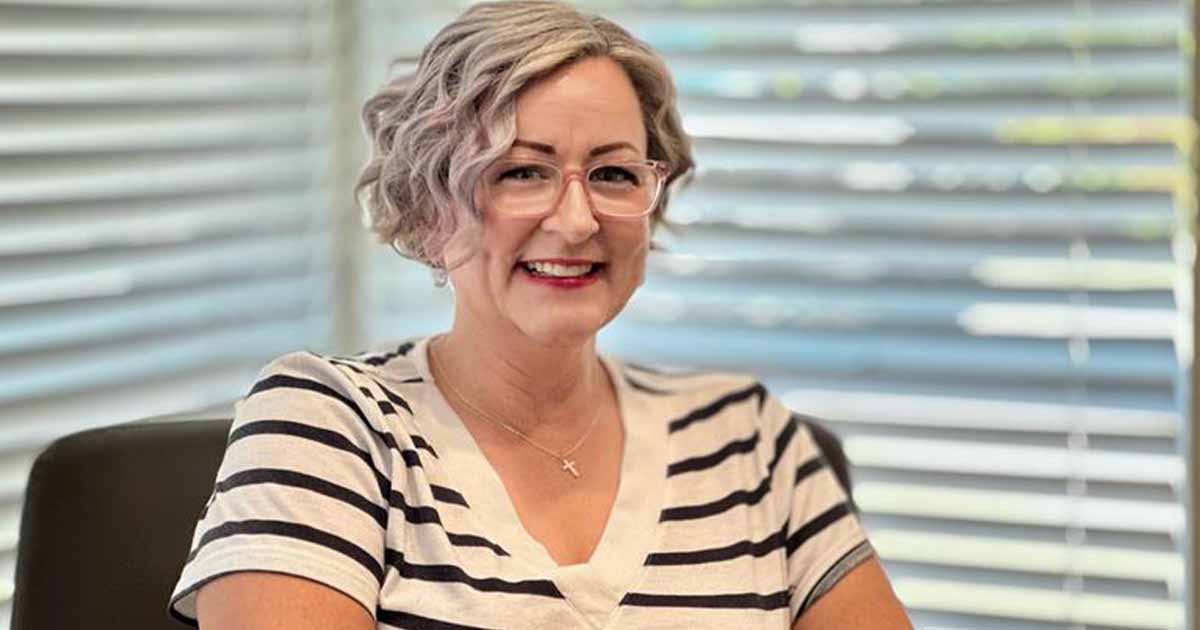Texas Health Resources recently received the Richard A. Norling Premier Alliance Excellence Award for its healthcare leadership. According to Ferdinand Velasco, MD, THR’s vice president and CMIO, the award comes as a recognition of what the whole organization is doing around population health.
THR, a system of 25 hospitals in the Dallas-Fort Worth area, is the third to receive the annual Norling, an award given to progressive members of the Premier Alliance. THR won the award for its achievements in the federal “triple aim” plan for healthcare: improving patient care, lowering costs and focusing on population health, Velasco says.
As a platform for population health, THR has been focused on electronic health record adoption for some time, Velasco tells Healthcare IT News. Some of the system’s hospitals achieved meaningful use Stage 1 on the first day the program started. “We are all HIMSS Analytics Stage 6 hospitals, except for one hospital, that opened last year at a Stage 7,” he says. “We are now well positioned to bring the rest of the system to Stage 7.”
[See also: Texas Health Resources CMIO tells how the system earned $19M for Stage 1.]
THR, along with North Texas Specialty Physicians, is a charter participant in the Medicare Pioneer ACO program. Texas Health has begun using an ACO "dashboard," an analytical tool to evaluate care metrics, according to Velasco. The dashboard allows the system to look at care on a system, regional, clinic or individual level. Participants with the right security level can drill down and see trends, he explains.
The use of the dashboard has been “eye-opening to the doctors,” Velasco says, and for the most part they have embraced it. They realize that the statistics will be available to the Centers for Medicare & Medicaid Services as part of the Pioneer program, so the doctors would rather see the information earlier than later. “We have to be aware of what we’re doing,” he says.
The dashboard allows physicians to compare themselves to their peers and to reach out to those who are high performers for advice. “It opens up the door for collaborations,” Velasco says. “Best practices are being shared and stimulated. That’s what, fundamentally, business intelligence does; it provides insight and foresight.”
The business intelligence capability, on top of EHRs, arms physicians with information to provide transparency, he says. “The reality is, this is data we are now accountable for. We ought to have it ahead of external stakeholders.”
Velasco says the most visionary of physicians at THR may have seen where EHRs were headed – toward population health. “When we first started, we had coordination at the clinical levels," he says. "Now, there is more collaboration between hospitals and among doctors – and more discussion along the lines of standards of care.”
[See also: CMS' Tavenner spotlights innovation.]


